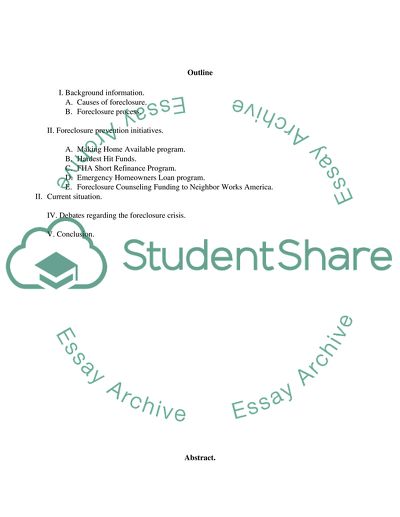Cite this document
(Federal Initiatives to Assist Homeowners Facing Foreclosure Term Paper, n.d.)
Federal Initiatives to Assist Homeowners Facing Foreclosure Term Paper. Retrieved from https://studentshare.org/social-science/1772824-federal-initiatives-to-assist-homeowners-facing-foreclosure
Federal Initiatives to Assist Homeowners Facing Foreclosure Term Paper. Retrieved from https://studentshare.org/social-science/1772824-federal-initiatives-to-assist-homeowners-facing-foreclosure
(Federal Initiatives to Assist Homeowners Facing Foreclosure Term Paper)
Federal Initiatives to Assist Homeowners Facing Foreclosure Term Paper. https://studentshare.org/social-science/1772824-federal-initiatives-to-assist-homeowners-facing-foreclosure.
Federal Initiatives to Assist Homeowners Facing Foreclosure Term Paper. https://studentshare.org/social-science/1772824-federal-initiatives-to-assist-homeowners-facing-foreclosure.
“Federal Initiatives to Assist Homeowners Facing Foreclosure Term Paper”, n.d. https://studentshare.org/social-science/1772824-federal-initiatives-to-assist-homeowners-facing-foreclosure.


